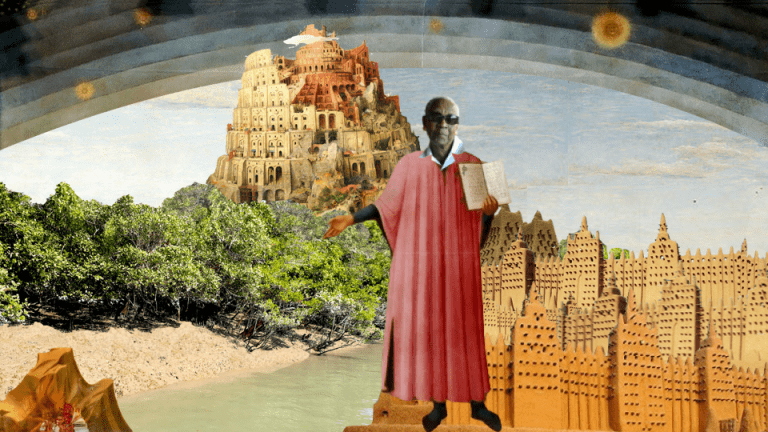The new website of the Goldsmiths Research Centre for Comparative Literature has officially launched!
This website complements the official pages of the Centre on Goldsmiths’ website; it will display more detailed information about events, people, research projects and collaborations… and of course, it will host this blog.
The Centre for Comparative Literature started its life in September 2020 – I was about to write, “opened its doors”, but of course Covid-19 meant that doors stayed firmly closed for most of that academic year, and much of our planned activity was delayed.
We were a little apprehensive then, though mostly excited to be embarking on the new adventure of the CCL. With our new website and our brand new blog, and as we cautiously look forward to a return to a life lived more “in person” and less “remote”, we are again in the midst of some apprehension, but mostly excitement.
In this first post, let me tell about our ethos and outlook. They are perhaps best explained by our Centre’s main image – both what it represents, and how we arrived at it.

The image came about partly programmatically and partly serendipitously. I had always wanted to use Domenico di Michelino’s famous fifteenth-century painting of Dante holding the Commedia (the Commedia would be my “desert island book”), variously titled “Dante e la Commedia”, “Dante e la Divina Commedia”, “La Divina Commedia di Dante”, and my favourite, “La Commedia illumina Firenze” (The Commedia illuminates, enlightens, lights up Florence).
In that painting from 1465, Dante has the heavens – Paradise – above him; Mount Purgatory, with Adam and Eve in Eden, naked, at the top, is behind him; Hell is to one side, and Florence (displaying buildings dating to Michelino’s time) to the other. Dante is at the centre of his world and of the physical and moral cosmos; the poem is contained in, reflects, reflects on, and contains the world.
In my plan, Mount Purgatory was always going to be replaced by Bruegel the Elder’s sixteenth-century Tower of Babel – a recurrent symbol in comparative literature studies, not least in George Steiner’s classic After Babel: Aspects of Language and Translation.
John Ruskin famously declared Dante to be “the central man of all the universe”, but Clare (Finburgh-Delijani, one of the two CCL Deputy Directors), Marie-Claude (Canova-Green, the other CCL Deputy Director) and I wanted to displace the canonical European male writer from the centre of our image. We wanted to include a wider, precious but also more precarious physical and cultural world than the Renaissance Florence that surrounds Medieval Dante.
And then, all these thoughts came together in an exhilarating few hours on a Microsoft Teams call between the three of us.
Dante is displaced, at the centre of our image, by the Guadeloupian writer Maryse Condé, whom we thank warmly for providing us with her photograph and authorization to edit it.
The ancient African seat of learning of Timbuktu (which figures in Maryse Condé’s novel Ségou) takes the place of Florence; the devil at the bottom of Michelino’s painting is now burning books, evoking not only the recent burning of some of Timbuktu’s precious manuscripts, but also the many historical attempts to destroy culture and erase memory.
The arid landscape of Michelino or the cultivated fields of Bruegel give way to the green, densely intricate Bengali mangroves of the Sundarbans, perhaps evoking Dante’s selva oscura but, more importantly, a recurrent literary setting in their own right (they appear for example in Salman Rushdie’s Midnight’s Children and in Amitav Ghosh’s The Hungry Tide), as well as a delicate ecosystem threatened by climate change and encroaching human action. That they also echo Maryse Condé’s Crossing the Mangroves was another serendipitous bonus.
Composing this image lead to much laughter and several hours of collaborative fun, but we hope it also encapsulates some of the main concerns that animate us: the recognition and displacing of canons; concern with gender, race, religious and spiritual symbolism; radicalisation, material acquisition, environmental crisis, multilingualism and the necessity of translation. In the CCL, we aim to provide a forum to examine all of this, and a research and teaching environment devoted to the study of literary, artistic, critical and cultural phenomena that traverse, challenge, or work programmatically across national, ethnocentric, and monolingual canons and practices.
And we hope the serious fun we had will continue to be a feature of all our future activities!
This blog also aims to combine light touch and rigorous thought. It will host reflections on matters that concern comparative literature and world literature in their broadest sense, by ourselves and by our collaborators, consultants, visitors and members. Blog posts may address our discipline(s), theoretically, pedagogically, socially (such as in relation to questions of social justice), politically (such as in relation to the political context in which we live, not least the new looming cold wars), or in more academic research-oriented ways, including discussions of relevant debates, publications, and developments in the field. Or they may be personal musings, examinations of life-long obsessions, outbursts about our passions – maybe even our maniae – as we wander in the boundless expanses of literature, the arts and the humanities.
So: Welcome aboard everyone, look out for announcements of events to come, and get in touch with us if you want to know more, visit us, or work with us.
Lucia Boldrini, Director of the CCL – with Clare Finburgh Delijani and Marie-Claude Canova-Green, Deputy Directors.
